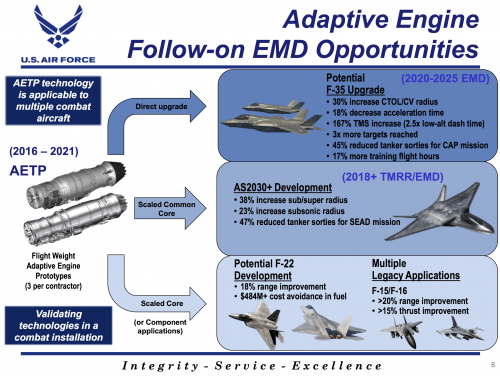WASHINGTON ― America is developing a pair of two new high-tech fighter aircraft, and you probably haven’t heard much about them.
Under the leadership of Defense Secretary Jim Mattis, the Pentagon has clamped down on talking about cutting-edge capabilities in development, citing concerns about giving potential foes too much information.
Nevertheless, some details have emerged about the ongoing programs, one each from the U.S. Air Force and the U.S. Navy. And in light of European plans for new fighter designs, it is worth revisiting what is, and isn’t, known about the American efforts.
In 2016, the U.S. Air Force unveiled its “Air Superiority 2030” study, which posited that although the service would need a new air superiority fighter jet — called Penetrating Counter Air — as soon as the 2030s, it would be just as important that the new plane fit into a "family of systems” of space, cyber, electronic warfare and other enabling technologies.
The service then initiated an analysis of alternatives in 2017 to further drill down on Penetrating Counter Air concepts and to refine its requirements, but the service’s top uniformed officer sounds interested in a disaggregated mission aproach.

